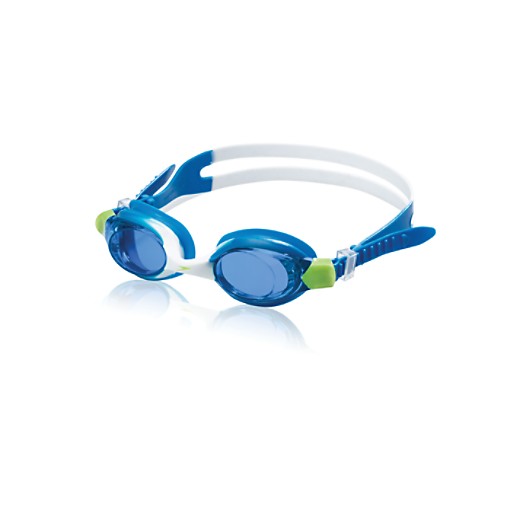A year ago I wrote a post about me being a helicopter mom with my daughter while she attempted to climb up the ladder of our playset in our backyard. This summer I had flashbacks to this article I posted when my son attempted the same thing. However, he is a year younger than she was at the time!
My son just turned a year old and isn’t walking yet, but climbs like it’s nobody’s business. He started reaching up high to grab rungs on the ladder, ready to scale it as fast as his little body would let him. As I rushed over and picked him up, the words from my past post rang in my head.
““Be careful! Be careful!” I kept telling her. All while her feet never left the ground.”
His two feet were firmly planted on the ground as I picked him up in the worry of him falling and failing. I hadn’t even given him a chance to try.
Realizing my mistake, I set him down and let him try again. He fumbled through the process of climbing, sometimes not knowing where his hands or feet would go. I would step in and guide him through this, then step back and watch him figure out the rest. Eventually, he did it! He made it to the top and beamed with pride over his accomplishment. (Cover photo of him satisfied with success.)

A few takeaways I learned from this:
- We may figure things out as a parent or as a teacher, but we continually need to learn and grow and be reminded of those things. Just because I had the helicopter moment with my daughter a year previously did not automatically help me to know how to handle the exact same situation with my son. I needed the reminder.
- The same can apply to our kids- they need reminders and to be told again, and again, and again. And we need to give them grace for this.
What is something with your students you have to relearn again every year? How do you let your kids fail to find success?












